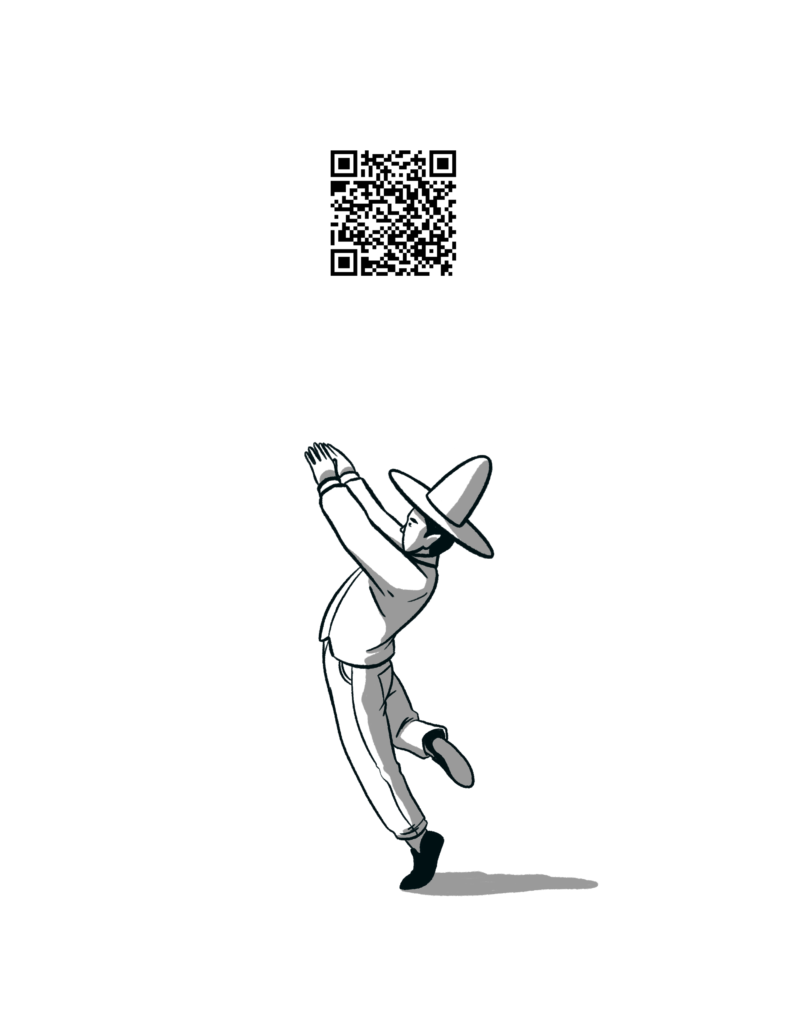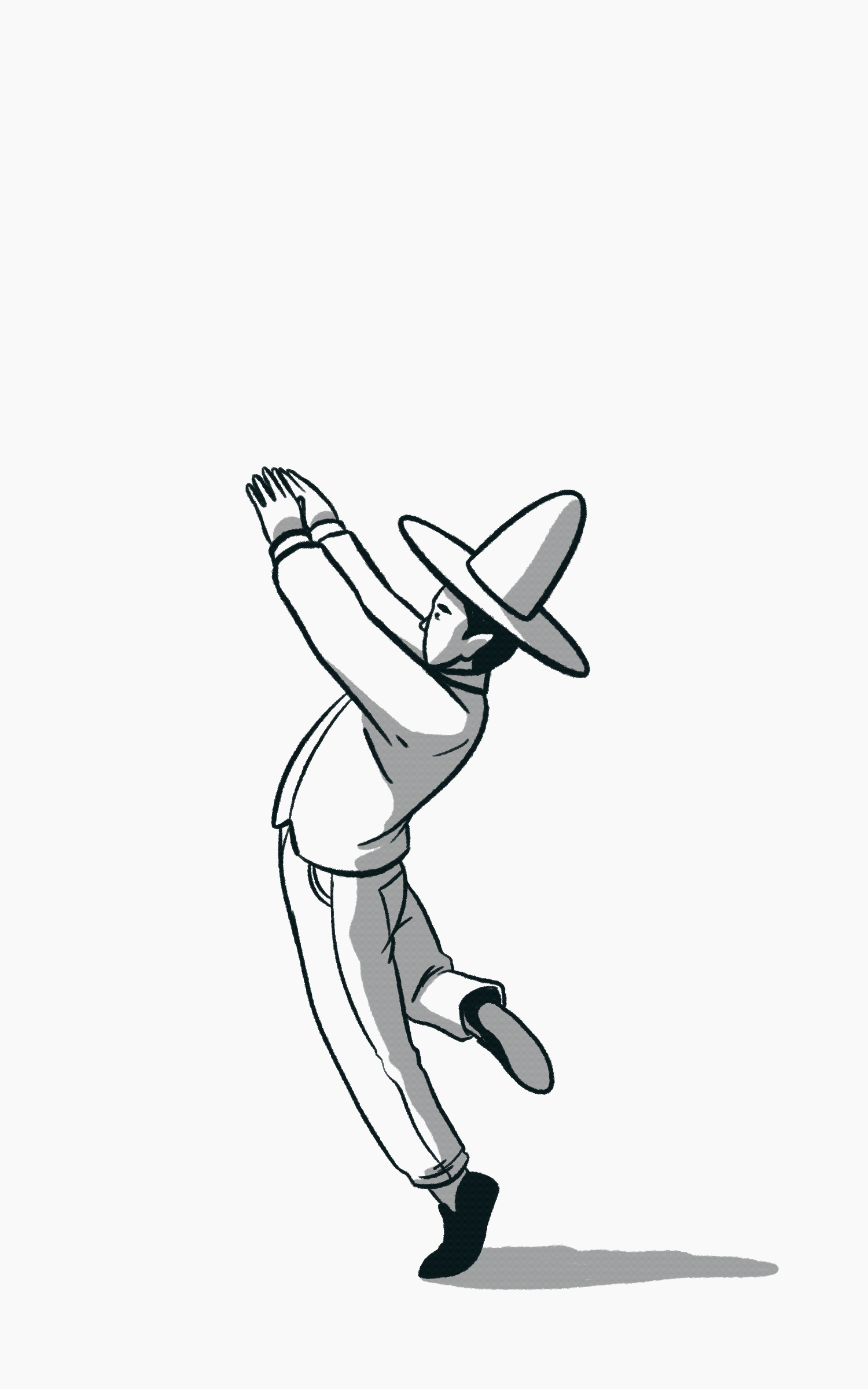The first project in the AR module was fun. I happened to have an animated gif I had made a couple years back ready to go. I animated it in procreate drawing each frame by hand. I have used this same animation in the past to assemble a flip book, which was quite laborious considering that the animation lasts maybe 8 seconds. Using Eyejack was quick and the app is easy to use. Picking music that fit the vibe of the animation was the hardest part. I chose a title and picked a font that works well with the animation, but ultimately decided to use just the image and qr code in the finished design. I think a little mystery and a very simple design works well with the image I used. My only gripe is potential viewers have to download the app to view the animation and I think that may be the stopping point for a lot of folks.
Month: November 2022
Crossover
I’ve really enjoyed the chance to intersect with the visual media students. The modules kind of feel like a fun break from all the large projects I’m working on in my core classes. Well, I’ve only had After Effects and AR so far which I find stimulating and entertaining, I may find the “fun break” aspect wane in later modules.
I am an independent cartoonist. Visual story telling is something I value and it’s the reason I decided to try my hand at graphic design. I was delighted to discover my skillset is a valuable asset when working in After Effects. It felt very natural to jump into the program and start making things. This experience gave me a new appreciation for the visual media program. I’m grateful for the opportunity to learn to use a tool I would have never touched otherwise.
I would love to produce graphics. It’s not something I ever considered before joining the program. I’ve filmed a few projects in the past but I pretty much just edited things in Imovie in a very rudimentary style. The next time I work on a video project I can add text and animation! I’m excited for whatever comes next in the modules.
Leadership Principals
For a few years in the 2010’s I ran a risograph printing service out of a studio in George Town. I enjoyed being part of the local print community but it was a lot of hard work. First things first I had to have the best paper. Riso ink is not fully opaque and it technically never actually dries. Ideally you want an uncoated, toothy stock that has minimal transparency. I used Mohawk Via Vellum 80 lb text weight sheets for book pages, and 100 lb card stock for covers. This paper is expensive. I tried to remain frugal when purchasing other supplies. During this time a lot of churches had old riso supplies. Riso printing was marketed to churches as a cost effective alternative to xerox. By the early 200’s hundreds of churches were trying to get rid of their supplies. Knowing this I Scoured craigslist ads from all over the U.S. I would contact sellers in other states and offer to pay them to ship to me. These second hand materials worked just as well as brand new ones and Using this method I managed to acquire supplies for around 20% of the retail price for several years. The combo of cheap supplies and expensive paper allowed me to keep the cost of printing competitive with other riso printers. Every print was important to me and I wanted to maintain a reputation of producing high quality work.
Thinking big is a bit outside my wheelhouse. I primarily focus on the task at hand and keep my work local and simple. This is an aspect of my personality I’d like to change. I’m taking small steps and sometimes leaps and bounds outside of my comfort zone in this program. The idea of working for a large company with a big impact seems more tangible to me now than in the past, but I still think in small, independent terms when approaching most projects.

